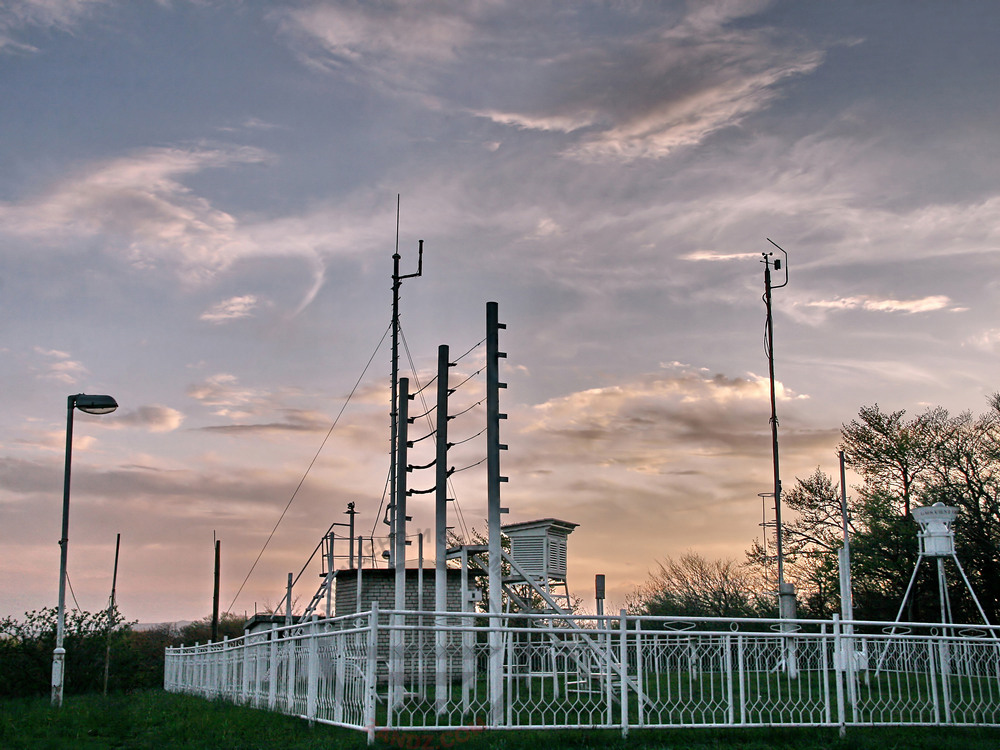On April 7, 2015, lightning stroke the flying plane close to the town of Keflavik, Iceland. Boeing 757-200 took off from Reykjavik was hit by lightning, which resulted in a big hole in the fuselage. There were no abnormal figures or abnormal functions, so the crew decided to continue the flight to Denver (USA), where the airplane landed safely after 7.5 hours.
According to the passengers, soon after the takeoff there was a loud explosion and a flash. After the crew checked the systems, the captain announced that the plane was hit by lightning, but everything was all right, nothing prevented them from continuing the flight to Denver.
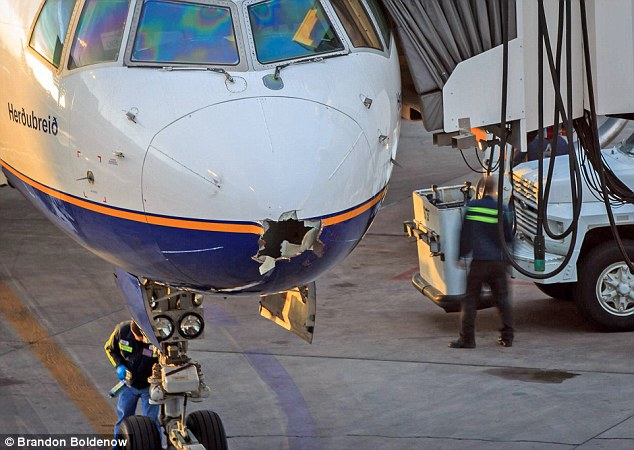
Photo from Dailymail.co.uk
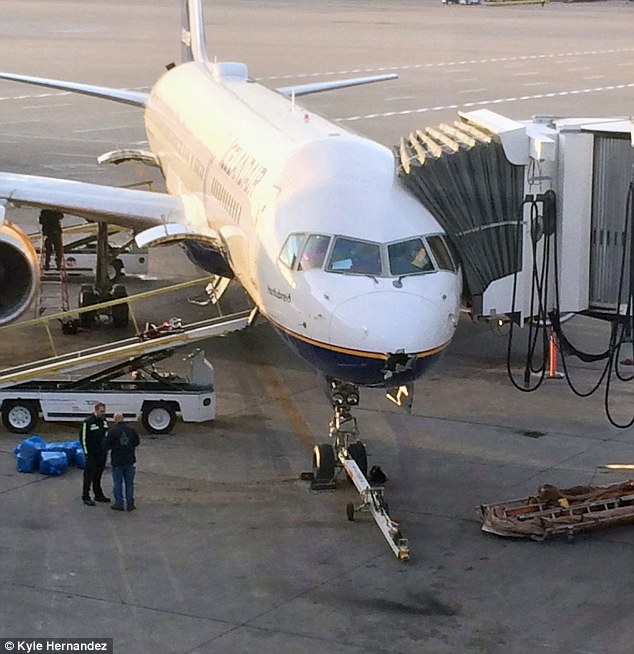
Photo from Dailymail.co.uk
The most frequent cases of such lightning strikes occur when the aircraft is in the cloud and during ascending and descending. At other flight stages lightning strikes are unlikely. (See. Table).
| Position of the aircraft | Percentage of lightning strikes (in relation to the total amount) |
| above the clouds | <1% |
| Inside | 96% |
| lower | 3% |
| between | <1% |
| outside / near | <1% |
The reason is that the most intensive thunderstorms happens at the height of 1.500 to 4.500 meters (see. Figure), and long-distant airplanes pass much higher. However, planes following "low" routes in areas with high thunderstorm activity, are subject to the greater risk.

1 foot = 0.3048 meters
Seventy percent of all lightning strikes occur during rains. There is a close relation between temperature (appr. 0 degrees Celsius) and a lightning hitting airplanes. Most lightning strikes happen when weather and temperature are as described above. According to statistics, 70% of lightning strikes occur in thunderclouds, however lightning can strike a plane at the distance of up to five kilometers from the epicenter of such clouds. According to the pilots, such situations are frequent and happen in approximately 40% of all lightning incidents.
The most probable place where lightning can strike a plane is an external "protruding" part such as the wing ends, fore-body or tail. Lightning strikes one part of the plane, goes out from the other side (see figure below.). Lightning 'enters' the plane from the leading edges, which get ionized, creating favorable conditions for lightning. Lightning current travels along the plane and goes out towards the earth from the other edges, forming a loop with the plane between the power cloud and the earth.
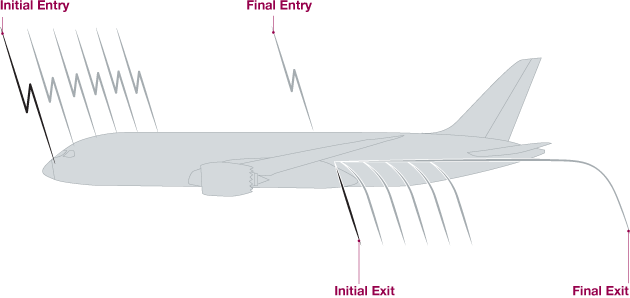
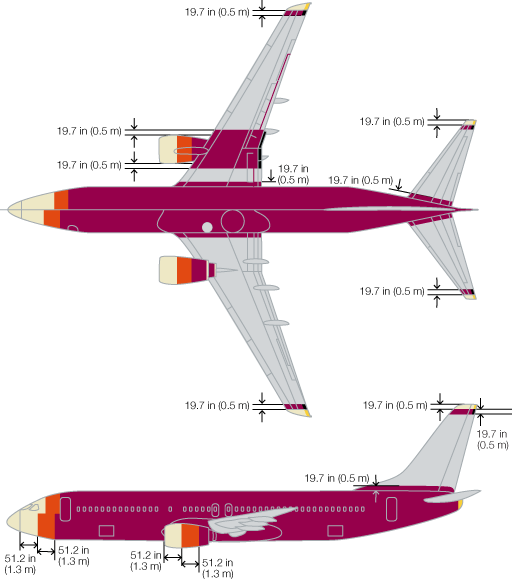
Lightning may have voltage of up to 1 million V and the current intensity of up to 30 000 A. The scope and type of damage in case of lightning strikes can be very different, depending on such factors as level of the impact power, how fast the plane left the thunderstorm area and frequency of discharges.
The components of the aircraft from ferromagnetic material can become magnetized when subject to lightning currents. Electrical and electronic systems in aircrafts are designed with account of possible lightning attacks, but still, high intensity thunderstorms can cause serious damage to fuel supply valves with electric control, to generators, feeders and electric power distribution systems.
In fact, lightning hit planes often enough, but usually they do not cause any serious damage. Modern passenger aircrafts are equipped with reliable systems protecting from lightning, which guarantee safety during flights.
Related Articles:

